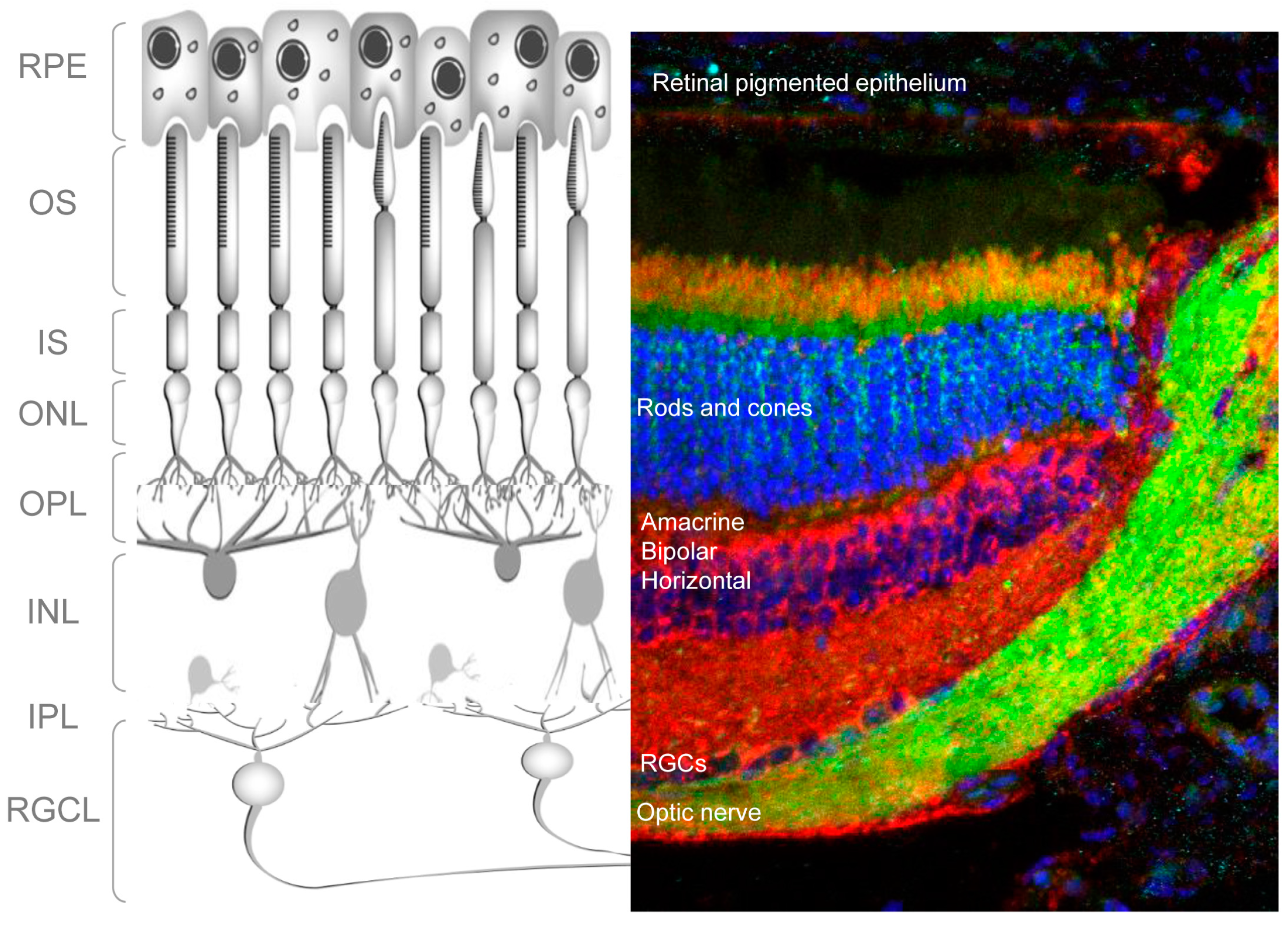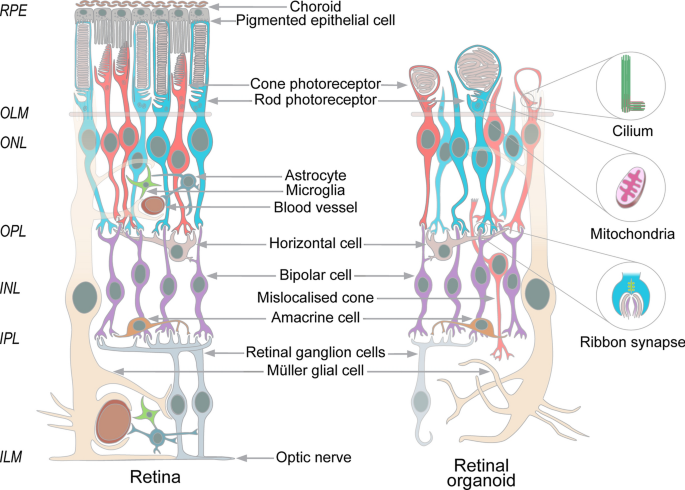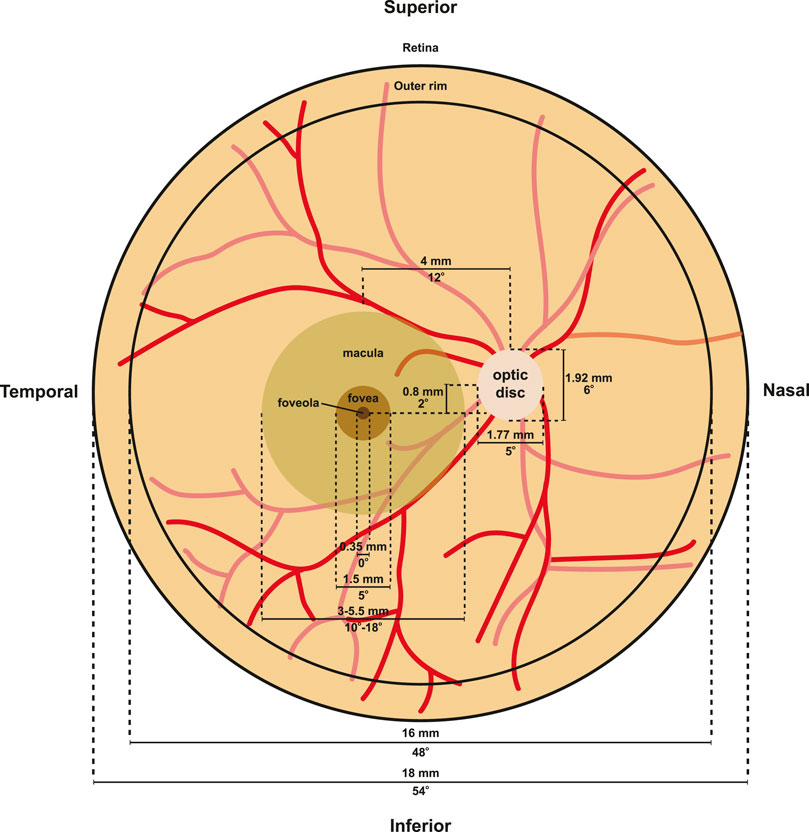
Samd7 is a cell type-specific PRC1 component essential for establishing retinal rod photoreceptor identity | PNAS

Exploring the single-cell atlas of mouse retinal development (Clark et al., 2019): interesting stories revealed - BioTuring's Blog

Quick and reliable method for retina dissociation and separation of rod photoreceptor perikarya from adult mice - ScienceDirect

Selective knockdown of hexokinase 2 in rods leads to age-related photoreceptor degeneration and retinal metabolic remodeling | Cell Death & Disease
Oncostatin M Protects Rod and Cone Photoreceptors and Promotes Regeneration of Cone Outer Segment in a Rat Model of Retinal Degeneration | PLOS ONE

IHC of photoreceptor markers in the WT, Nrl − / − and Crx::Nr2e3/Nrl −... | Download Scientific Diagram

The Rod Photoreceptor-Specific Nuclear Receptor Nr2e3 Represses Transcription of Multiple Cone-Specific Genes | Journal of Neuroscience

The Rod Photoreceptor-Specific Nuclear Receptor Nr2e3 Represses Transcription of Multiple Cone-Specific Genes | Journal of Neuroscience
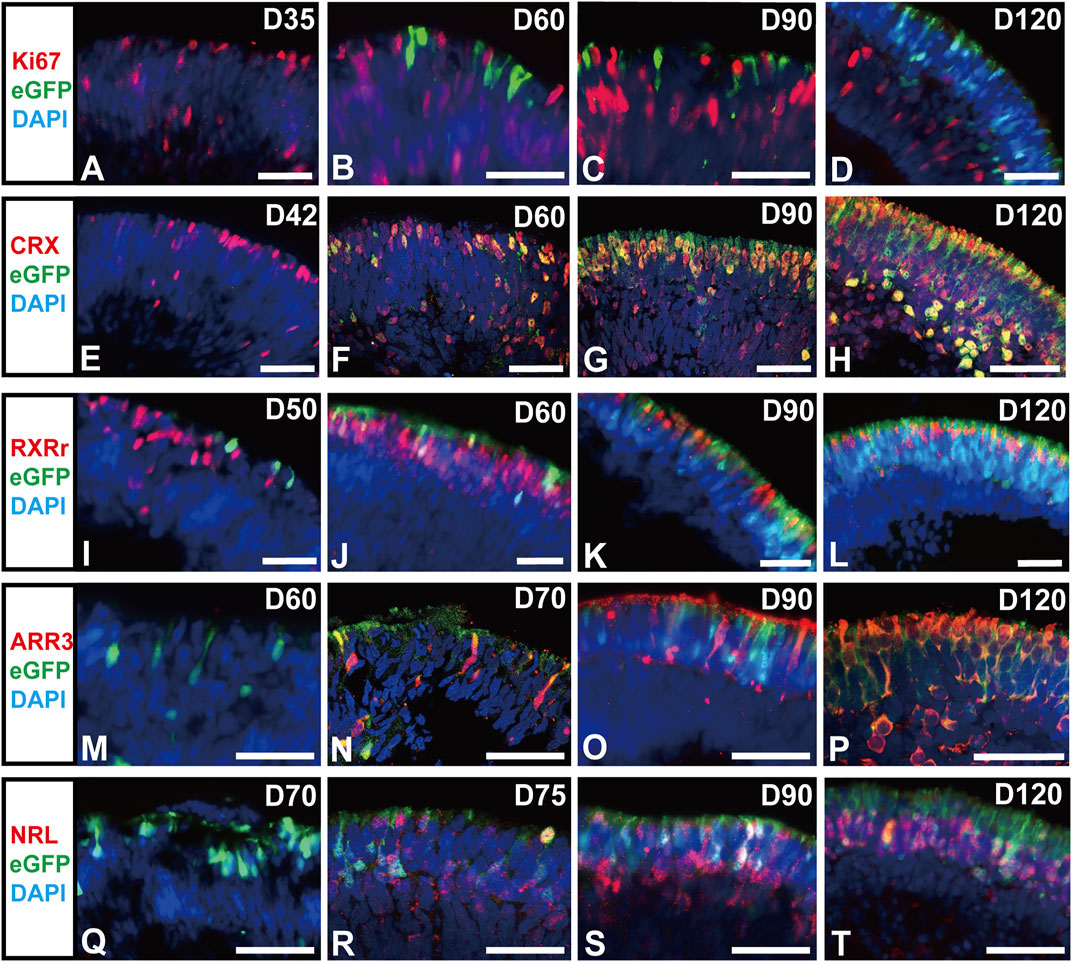
Frontiers | Generation of an RCVRN-eGFP Reporter hiPSC Line by CRISPR/Cas9 to Monitor Photoreceptor Cell Development and Facilitate the Cell Enrichment for Transplantation

Characterization of photoreceptor precursor (PPr) surface biomarkers on... | Download Scientific Diagram

Samd7 is a cell type-specific PRC1 component essential for establishing retinal rod photoreceptor identity | PNAS

Synaptic Transfer between Rod and Cone Pathways Mediated by AII Amacrine Cells in the Mouse Retina - ScienceDirect

Single-cell analysis of human retina identifies evolutionarily conserved and species-specific mechanisms controlling development | bioRxiv

NRL−/− gene edited human embryonic stem cells generate rod‐deficient retinal organoids enriched in S‐cone‐like photoreceptors - Cuevas - 2021 - STEM CELLS - Wiley Online Library

Single-cell analysis of human retina identifies evolutionarily conserved and species-specific mechanisms controlling development | bioRxiv

Immunohistochemistry on nonsurgery controls for PKCa, a marker of rod... | Download Scientific Diagram
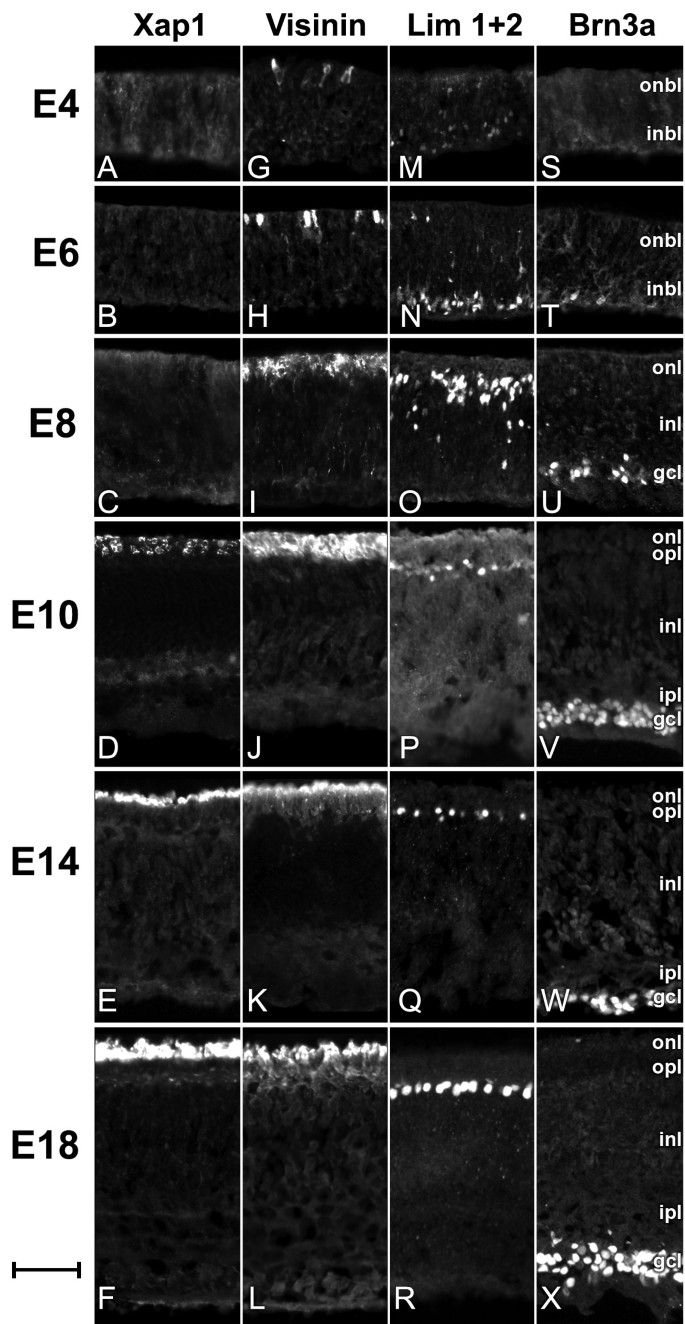
Analysis of retinal cell development in chick embryo by immunohistochemistry and in ovo electroporation techniques | BMC Developmental Biology | Full Text
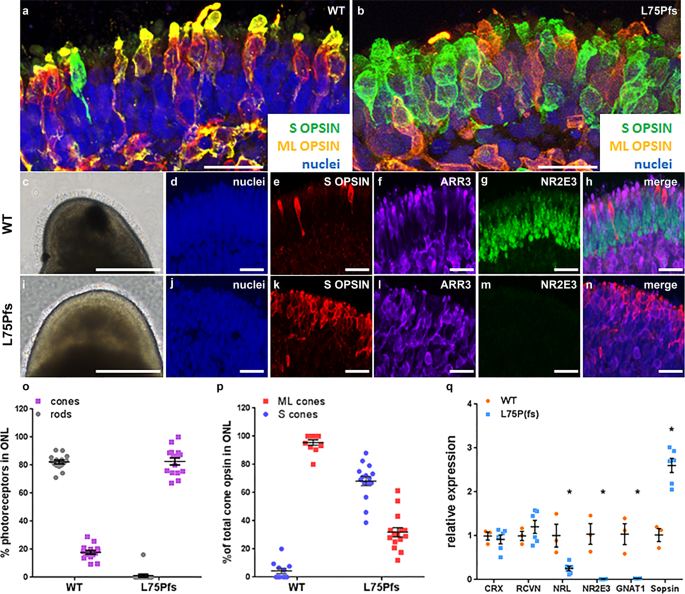
Investigating cone photoreceptor development using patient-derived NRL null retinal organoids | Communications Biology

